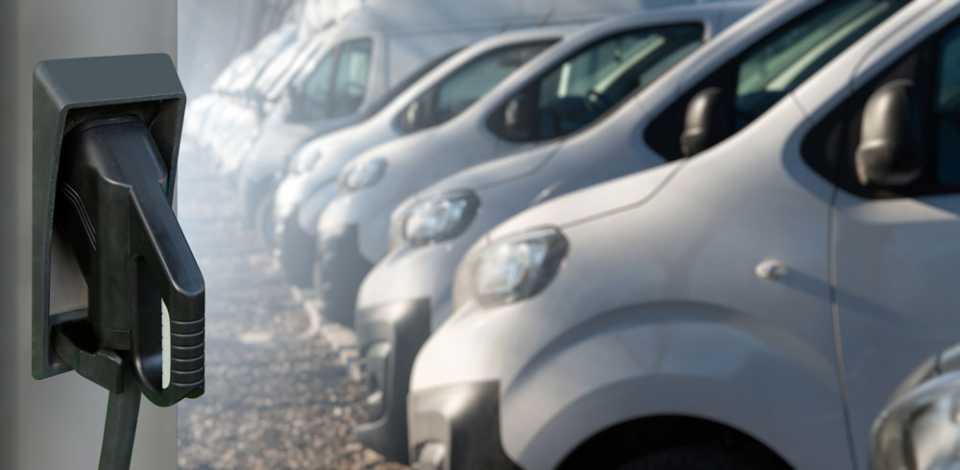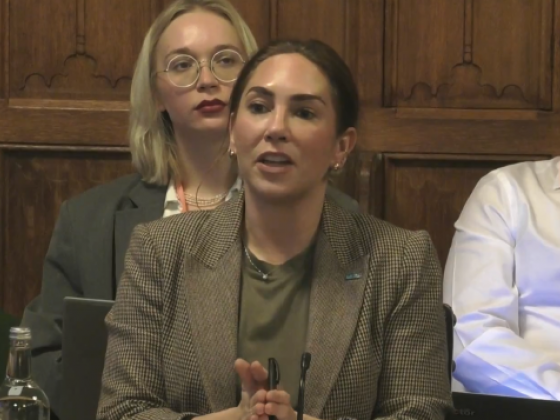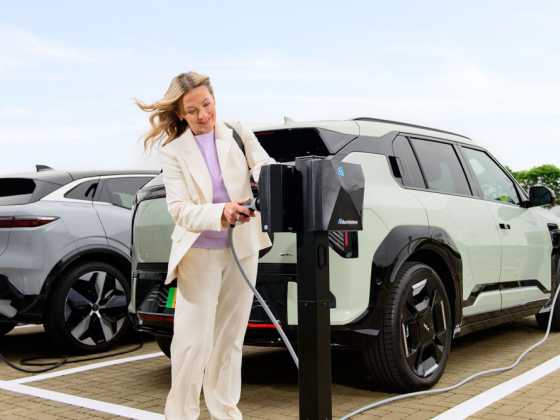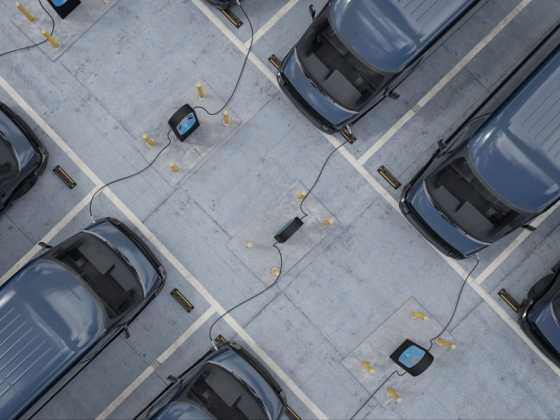Faster charging speeds essential for electric van adoption

The Association of Fleet Professionals (AFP) has highlighted that faster charging speeds are essential for fleet adoption of electric van, and this ability would make other barriers more manageable.
Currently, models available from major manufacturers are rated from around 50-125kWh, meaning that even the best will take around 40 minutes to charge from 10-80% in ideal circumstances, and are usually slower in real world conditions.
Paul Hollick, chair at the AFP, said: “When it comes to tackling the reasons behind slow fleet adoption of electric vans, prominence has been given to issues of range and payload but there has been limited discussion of charging speeds.
“In fact, as discussed at a recent meeting of our megafleets committee, which consists of our members who operate very large fleets, charging speeds tend to be a bigger real-world frustration. Having a driver sitting around for an hour while their van charges is expensive.
“If vans were capable of faster charging then, to a significant extent, other issues affecting them tend to become more manageable. For example, the negative impact of higher payloads on range becomes less important if you can recharge to 80% every 125 miles in 15 minutes.”
Paul said there was a perception among AFP members that vans were being built with slower charging capabilities because manufacturers believed achieving the lowest possible purchase price was crucial.
“This misconception is understandable. However, the message that we are hearing from our members is that they would be willing to pay more for faster charging capacity. Over a typical six-year fleet lifecycle, the additional cost of a rapid charging van would be more than outweighed by increasing the availability of the driver.
“There is no doubt that available van charging speeds now lag far behind typical electric cars and we believe that many more fleet operators would be won over to electric vans if an 80% charge was achievable in 10-15 minutes.”
He added it was also important to ensure drivers were accessing charge points capable of matching the highest speed of the vehicle.
“If the van can charge to 150kWh, fleets need to get as close to this figure as possible from the public charger. Too often, drivers are charging at 50kWh because of the high number of other vehicles tethered.”
Paul said that a further boost to electric van practicality could be delivered soon by the removal of some compliance requirements for 4.25 tonne electric vans.
“As has been widely reported, the government is working its way through the technical issues in this area and we hope to see progress soon on eliminating what we consider unnecessary tachograph, driver hours and MOT requirements.”
AFP members were very aware, he added, that the ZEV Mandate was now rapidly ramping up sales targets for electric vans, reaching 24% in 2026.
“Sales continue to lag some way behind the government targets but manufacturers are going to come under increasing pressure to push electric vans onto fleets. The point in time when most operators can no longer ignore electrification and carry on buying diesel is coming soon.
“With that moment approaching, we’d like to see a greater understanding between manufacturers, fleets and government about the practicalities of electric van adoption, something we have been working on via the Van Plan created alongside the BVRLA and others. Rapid charging speeds and friction-free use of 4.25t models are examples of this.
“Also, it’s sadly true that many of the electric vans introduced so far have proven unreliable in day-to-day use, sometimes because of faults that should’ve been recognised at the design stage. We need more effectiveness from the next generation of models.”



